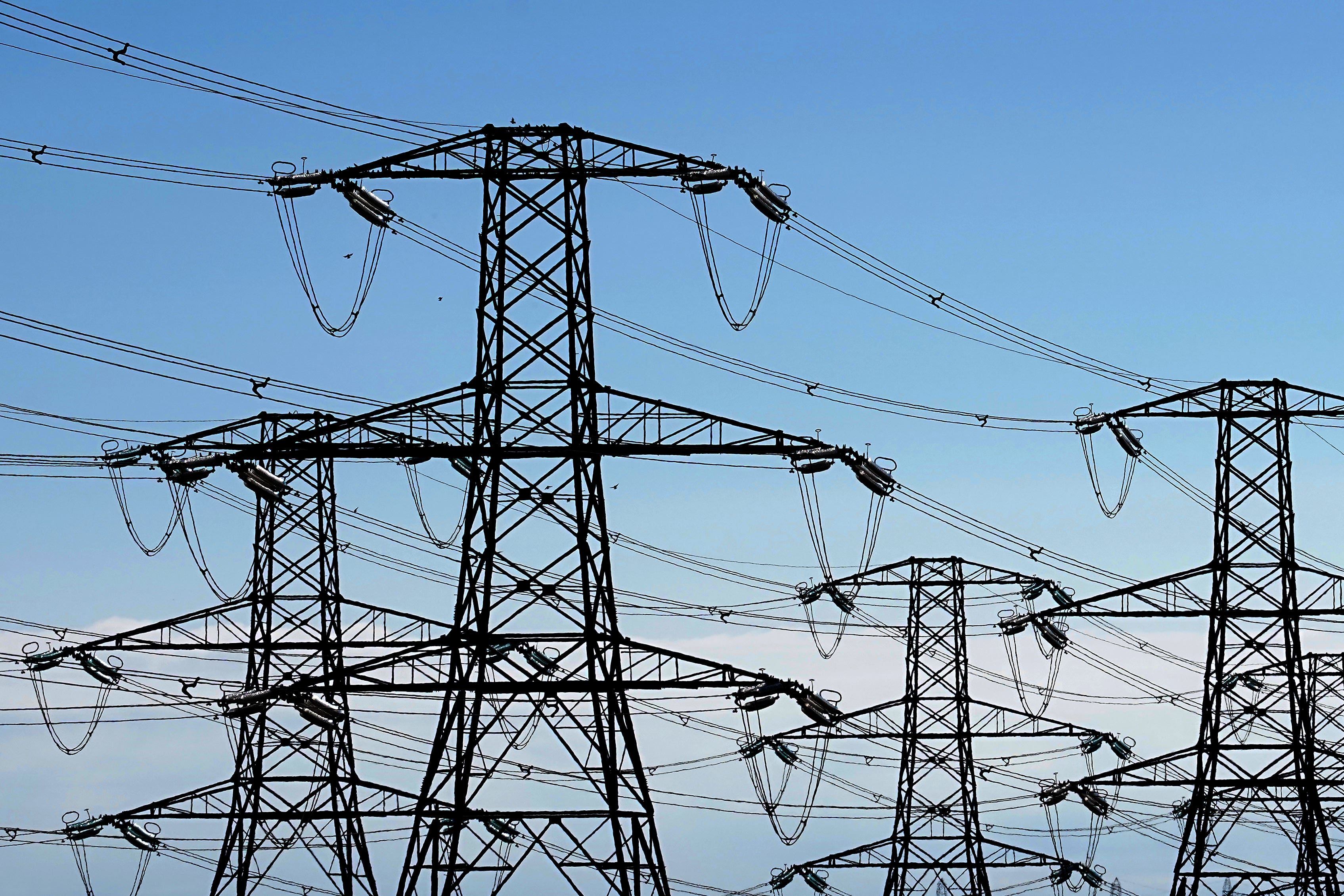Britain at lower risk of losing power next winter, says grid operator
National Grid’s Electricity System Operator said the average surplus supply would be higher this winter.

Your support helps us to tell the story
From reproductive rights to climate change to Big Tech, The Independent is on the ground when the story is developing. Whether it's investigating the financials of Elon Musk's pro-Trump PAC or producing our latest documentary, 'The A Word', which shines a light on the American women fighting for reproductive rights, we know how important it is to parse out the facts from the messaging.
At such a critical moment in US history, we need reporters on the ground. Your donation allows us to keep sending journalists to speak to both sides of the story.
The Independent is trusted by Americans across the entire political spectrum. And unlike many other quality news outlets, we choose not to lock Americans out of our reporting and analysis with paywalls. We believe quality journalism should be available to everyone, paid for by those who can afford it.
Your support makes all the difference.Britain will be at a lower risk of losing power this winter than it was last time, according to a report from the company that runs the grid.
National Grid’s Electricity System Operator (ESO) said on Thursday that power plants, wind farms and other generation methods are expected to be able to provide more than enough power to meet demand.
In an early outlook ahead of winter it said that the grid would have an average margin – the difference between supply of electricity and demand for it – of 4.8 gigawatts (GW) this coming winter.
That gives the system a margin of 8% – higher than last winter – reducing the period when demand might outstrip supply to just 0.1 hours, down from 0.2 hours a year earlier.
The illegal invasion of Ukraine is creating risks in the global energy system. The risks could manifest themselves in terms of gas availability and also the energy availability across Europe
“That’s really healthy. But even within that there will be tight days. There will be cold snaps in the winter and therefore we do expect to use our normal operational tools,” said ESO corporate affairs director Jacob Rigg.
The increased margins are thanks to new power generation sites that have come online since last winter, among other things, ESO said.
Mr Rigg said that the business is still in negotiations with energy company Drax to ensure that its coal power plant is on standby in case it is needed next winter.
ESO is also planning to bring back the so-called demand flexibility service – a system which pays customers to reduce their electricity use during tighter times.
Ahead of last winter, there were fears that the UK and other parts of Europe could struggle to keep the lights on.
The continent’s energy system was forced to re-invent itself ahead of the winter, faced with potential gas shortages after Russia launched a full-scale invasion of Ukraine.
It led to record gas exports from the UK to the continent – much of it gas that was transported here on ships and then forwarded to Europe.
In a separate report, also published on Thursday, National Gas said that it had sent 7.6 billion cubic metres of gas to Europe through its pipelines – a record high – and almost twice the exports of the previous year.
Britain received record levels of liquified natural gas at 15.7 billion cubic metres compared to 11.4 billion the previous winter, most of it from the US and Qatar, National Gas said.
It added that on one day during the early December cold snap, demand hit 417 million cubic metres as people tried to keep warm, it was the highest since the Beast from the East five years earlier.
Speaking to the PA news agency, Mr Rigg said: “The illegal invasion of Ukraine is creating risks in the global energy system.
“The risks could manifest themselves in terms of gas availability and also the energy availability across Europe.”
ESO will wait until its September report to analyse the winter availability of gas as it is too early to say at the moment.